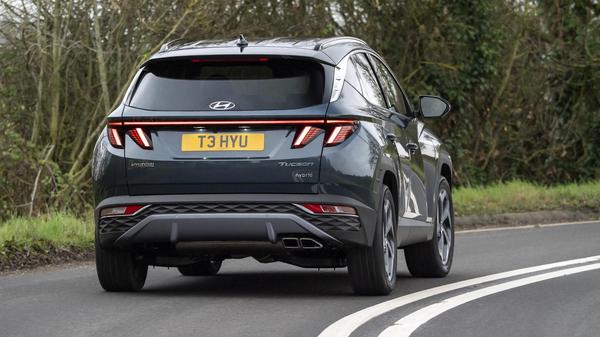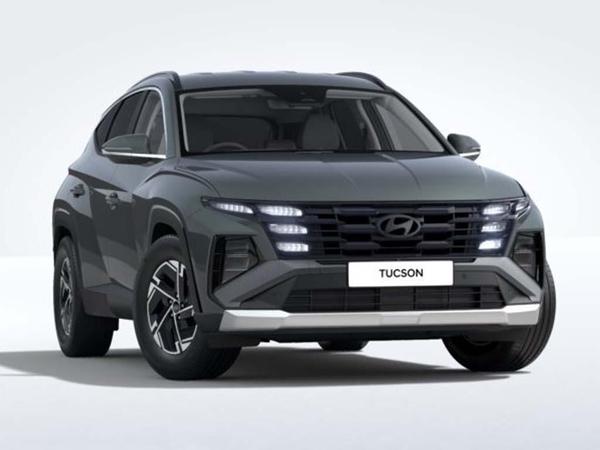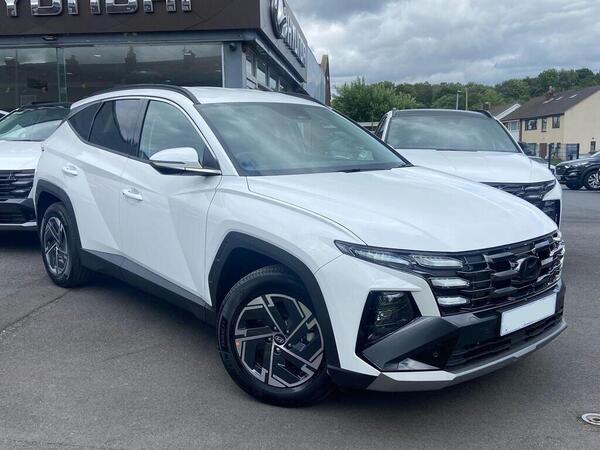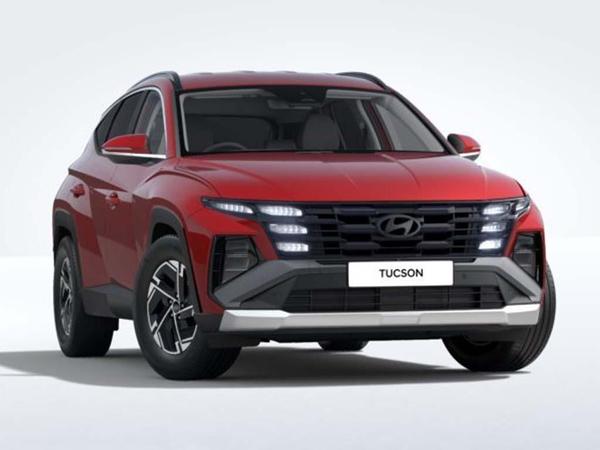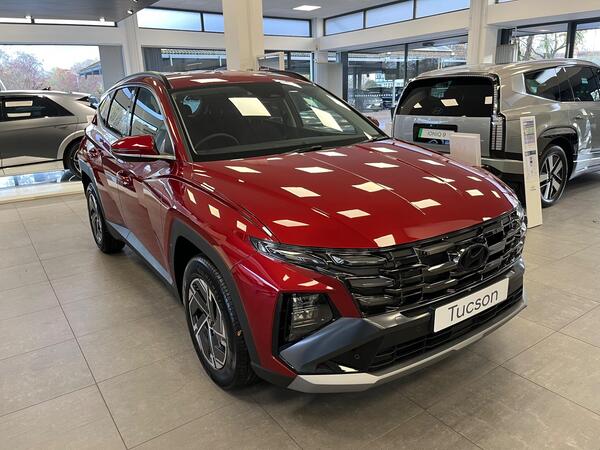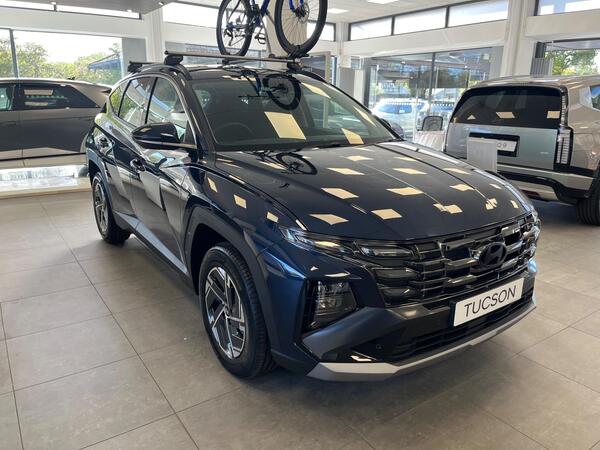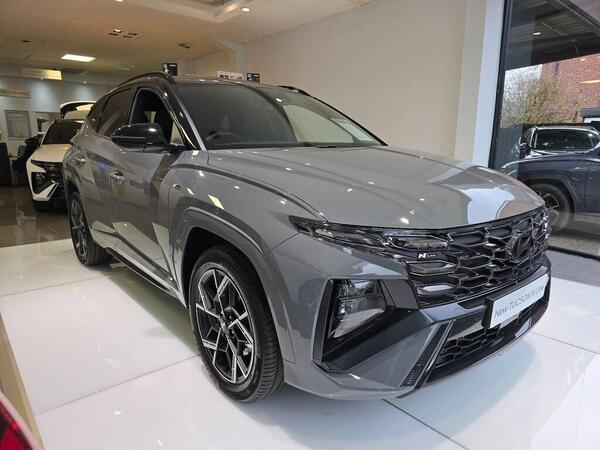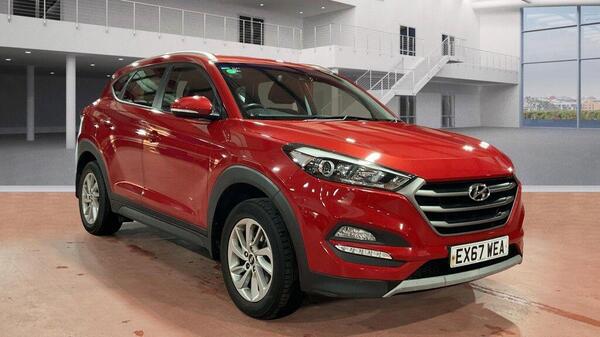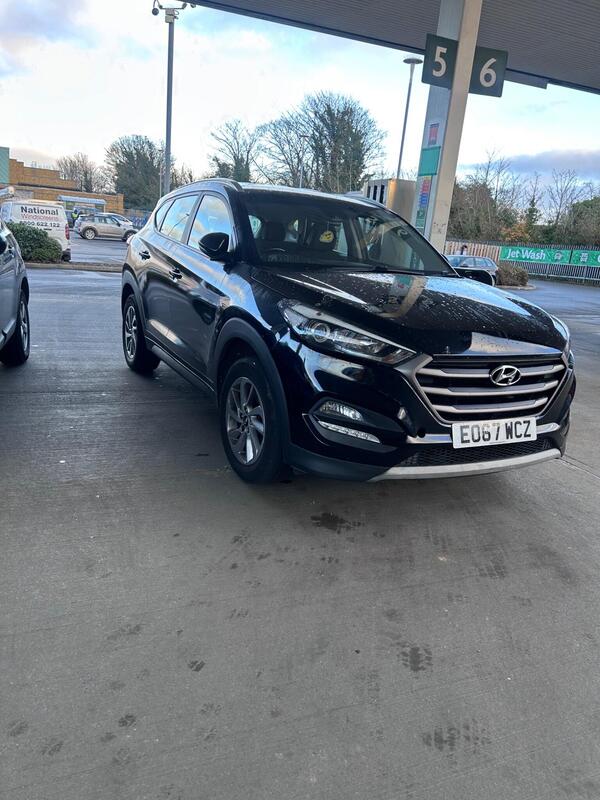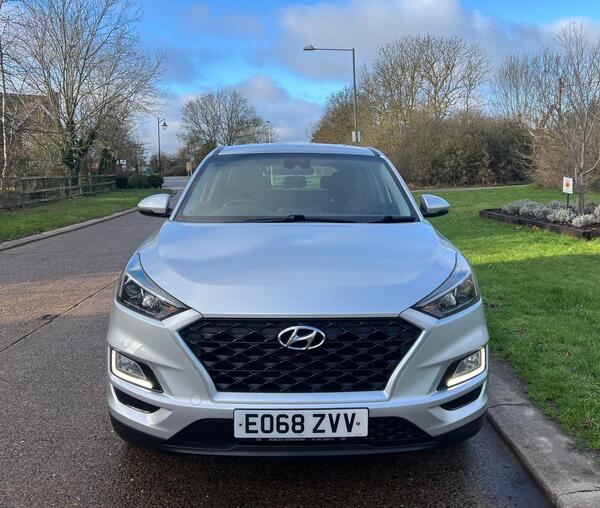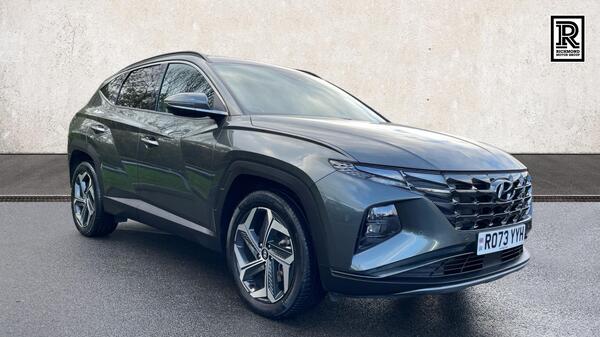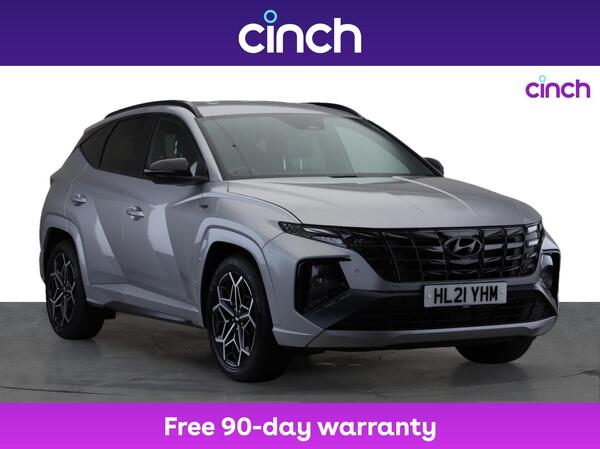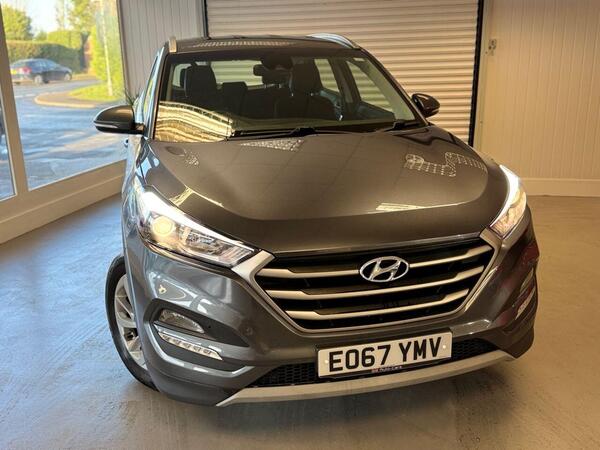Hyundai Tucson SUV (2024 - ) review
Read all about the new Hyundai Tucson, this latest generation of the popular mid-sized SUV combining practicality with a new-found sense of style and quality
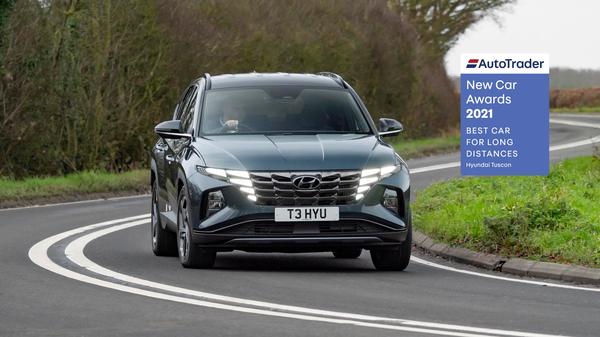

Words by: Dan Trent
Published on 14 January 2021 | 0 min read
The Autotrader expert verdict:
Available new from £33,105
The latest Hyundai Tucson launches straight into the highly competitive mid-size SUV market with a choice of hybrid engines (up to and including a full plug-in option), generous specification, high-tech interior and decisively more stylish look than its predecessor. Clearly the Tucson has aspirations to move upmarket and is priced accordingly, costing more in its hybrid version than a like-for-like Toyota RAV4 by way of example. With strong rivals including the Peugeot 3008 and a new Nissan Qashqai on the way Hyundai will have to hope its new-found sense of style will be enough for the Tucson to make its mark.
Reasons to buy:
- Premium look and feel
- Lots of standard tech
- Practical
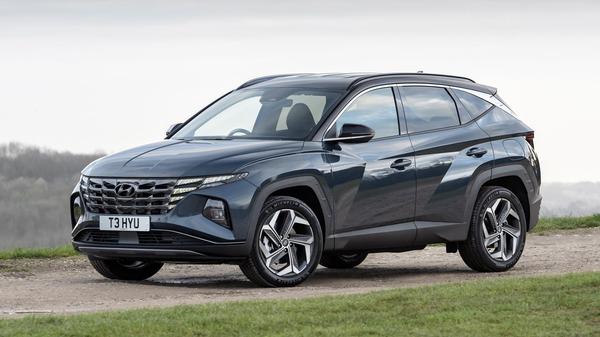
Running costs for a Hyundai Tucson
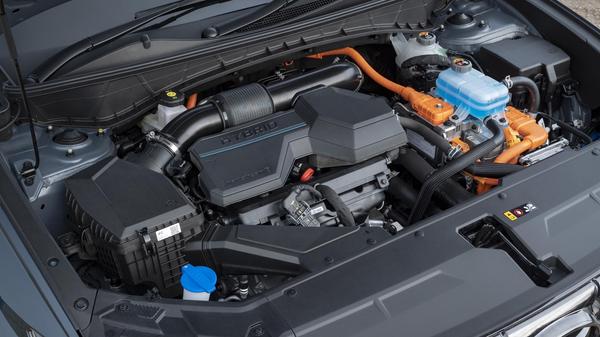
Reliability of a Hyundai Tucson
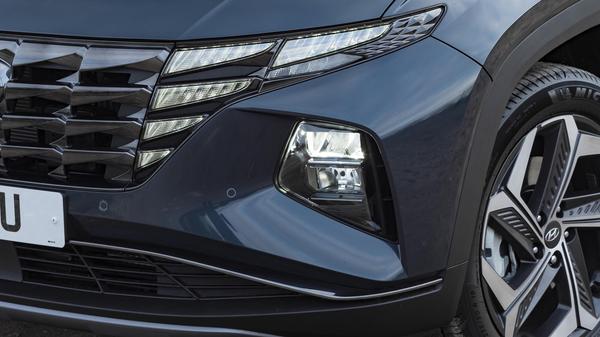
Safety for a Hyundai Tucson
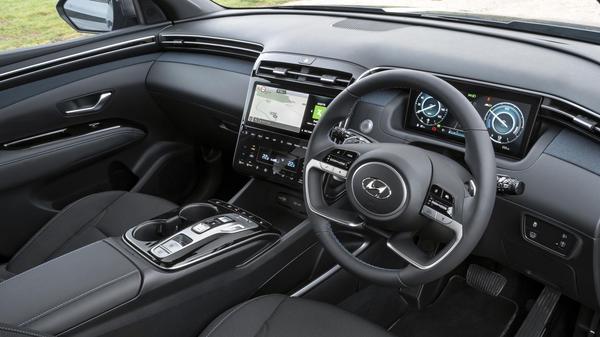
How comfortable is the Hyundai Tucson
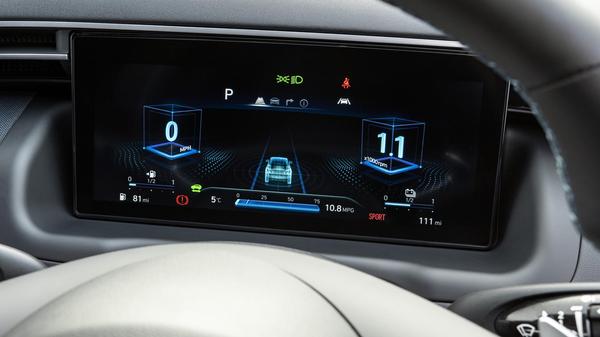
Features of the Hyundai Tucson
